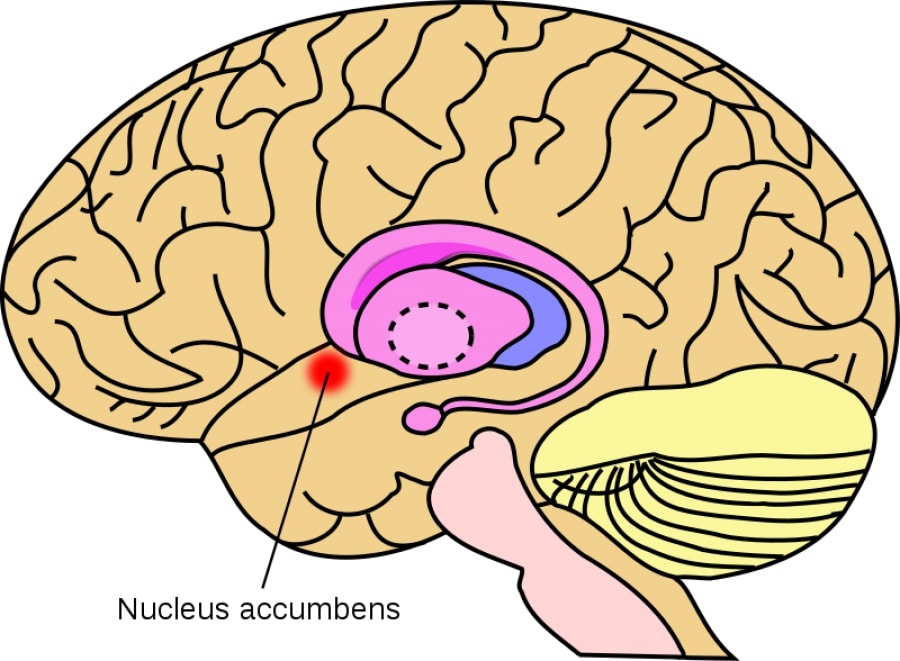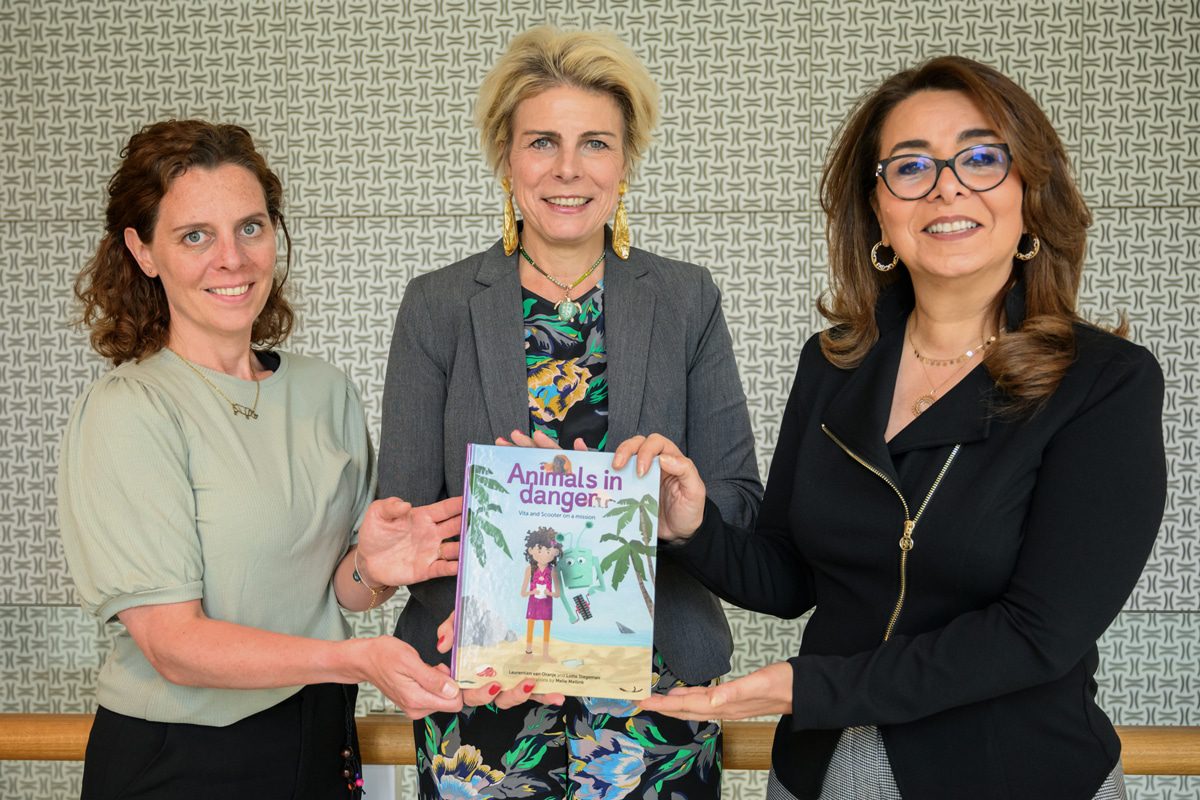The “center of love” in the human brain has been discovered by Japanese scientists – it is located in the adjacent nucleus (nucleus accumbens), an important part of the reward system. It is this area of pleasure and addiction that becomes active when men look at photos of their loved ones, no matter how attractive they are. Now we need to understand exactly how attachment is formed and how the work of the adjacent core changes over time.
Romantic relationships are an important aspect of life. Earlier research has shown that interest in attractive people activates certain areas of the brain, including the adjacent nucleus. Researchers at Kyoto University have studied the role of the adjacent nucleus in the formation of emotional attachment. They set out the details in an article in the journal Psychological Science. The adjacent nucleus is a group of neurons that play an important role in the reward system of the brain, the formation of addictions, pleasure, laughter, fear, aggression. Receiving information from the prefrontal cortex, amygdala and hippocampus, the adjacent nucleus analyzes emotional and sensory data and forms a response to stimuli.
“Since childhood, I have been interested in the mystery of close interpersonal relationships: why and how do people build long-term relationships with loved ones? – says Ruhei Ueda, one of the authors of the study. – In graduate school I got acquainted with the methods of neuroimaging, which can tell us what is happening in our brain. I realized that providing empirical evidence on these issues would be a difficult but exciting job for me. ” The study involved 46 heterosexual men aged 20 to 29 who have permanent romantic relationships. The researchers used functional magnetic resonance imaging to record their brain activity while performing a series of mental tasks. With a correct answer, some participants were shown the photo of their happy partner, and others – a stranger, also with a benevolent expression on his face.
In the first group, researchers found unique activity in the adjacent nucleus, which appeared in anticipation of the “approving” photo of the beloved. The result did not depend on the attractiveness of the woman. “Intimate romantic relationships play an important role in most people’s lives,” said Ueda. – Our research provides empirical data revealing the neural mechanisms that underlie the maintenance of the connection: the center of pleasure and dependence in the brain, the adjacent nucleus, encodes the partner in a specific way different from strangers. We believe that unique neural perceptions of the partner may be related to established romantic relationships. ” of time.
“Selective preference for a particular person can be observed in the first meetings, which can encourage us to start a relationship,” explains Ueda. – Little is still known about the exact neural mechanisms that underlie this process. In addition, numerous psychological studies have shown that the quality of relationships, such as devotion or satisfaction with them, changes dynamically over time, which must be reflected in the work of the brain. Earlier, experts from the Netherlands found that nascent sympathy is influenced by the synchronization of heart rhythm and sweating of the palms. The researchers invited 142 single heterosexual men and women between the ages of 18 and 38 to four-minute blind meetings in special booths. Participants were separated from each other by a barrier that descended for a few seconds, allowing them to make a first impression. In addition, participants received special glasses that monitor eye movements, heart rate monitors and devices to control sweating of the palms. During the communication, the volunteers had to rate the attractiveness of the interlocutor several times on a scale from 0 to 9.
Couples who considered each other attractive and would like to see each other again had a synchronization of certain indicators. Their pulse began to accelerate and decelerate at the same time, and the sweating of the palms, measured by the skin’s electrical resistance, increased and decreased at the same time. The mechanism underlying physiological synchronicity is still unclear, the researchers note. But perhaps when people like someone, they unconsciously pay attention to micro-expressions, such as dilated pupils or redness, and the body reacts by repeating these features.














